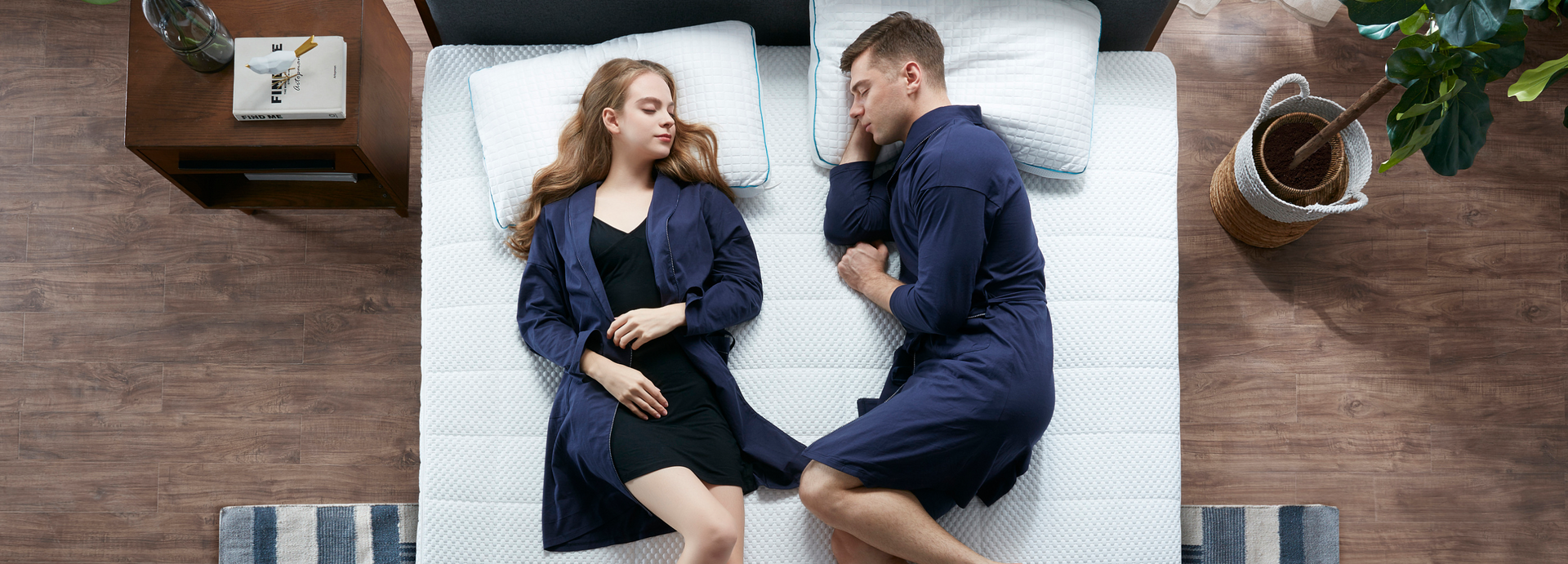Ordering & Delivery
How long does it take to receive my order?
Most orders ship within 1–2 business days and arrive within 5–7 days, depending on your location.
Can I track my shipment?
Yes! Once your order ships, you'll receive a tracking number via email so you can follow every step.
Do you ship internationally?
Currently, we ship across the U.S. only—but we’re working on expanding to more regions soon!
Returns, Exchanges & Peace of Mind
What is your return policy?
We offer a 365-night risk-free trial for mattresses. If you’re not satisfied, contact us for a hasslefree return or exchange.
Is there a warranty on my mattress?
Yes, all BedStory mattresses come with a limited warranty—details vary by product. Reach out for specific coverage.
How do I start a return or exchange?
Simply contact our support team with your order number—we’ll guide you through the process.
Mattress & Material Info
Are your mattresses fiberglass-free?
Yes. All BedStory mattresses are 100% fiberglass-free and made with your health and safety in mind.
Which mattress is best for hot sleepers?
Our Cooling Collection is designed with breathable layers and cooling gel to keep you comfortable all night.
Do your mattresses support different sleep positions?
Absolutely. Whether you're a side, back, or stomach sleeper, we offer options with the right firmness and support.
Are your materials certified and safe?
Yes. All BedStory mattresses are CertiPUR-US® certified and OEKO-TEX® compliant, meaning they're made without harmful chemicals and meet the highest safety standards for your family.
Sleep for Every Generation
Do you offer mattresses for children?
Yes! Our SpineAlign™ series includes options zoned specifically for growing kids and teens.
Is the mattress cover waterproof or washable for kids or pets?
Some of our models include water-resistant covers—perfect for families. Check individual product pages for details.
Are your mattresses safe for pets to sleep on?
Absolutely. We use hypoallergenic, pet-safe materials that are gentle and durable enough for your furry companions.
Payments & Promotions
What payment methods do you accept?
We accept major credit cards, PayPal, Shop Pay, and select financing options at checkout.
How do I use a promo code or gift card?
Enter your code or card during checkout. If it doesn’t apply, our support team is happy to help.
Still Need Help?
Live Chat
Chat our sleep professional for sales or support. Available 9am-18pm
Chat Now
Call Us
We are here to help.Connect with a sleep professional today.
+1 (619) 313-6011
Email Us
We will respond within 24hours.
service@bedstory.com
Send an Email

